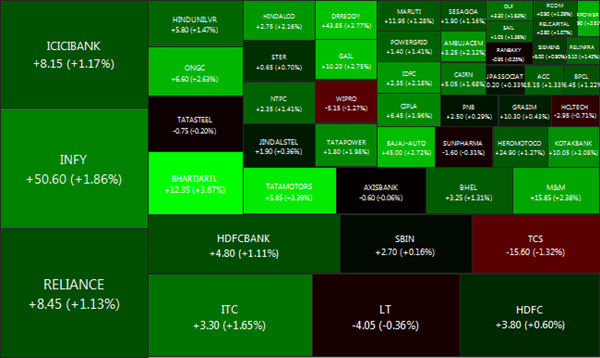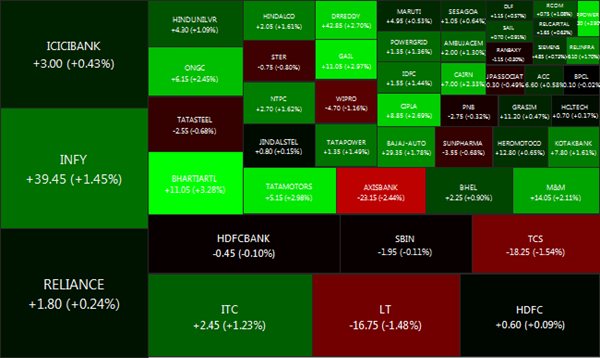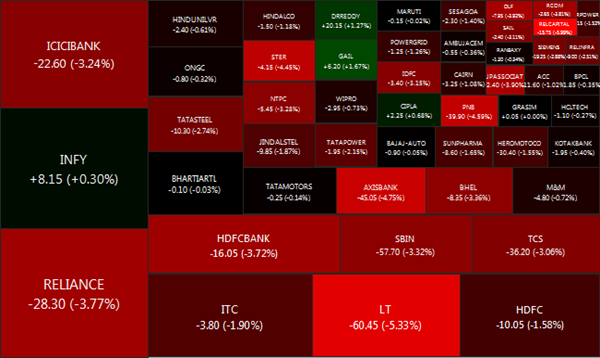This is a review of the 10th chapter of John J. Murphy’s Technical Analysis of the Financial Markets.
Oscillators
Oscillators are extremely useful in non-trending markets and can be used to detect short-term market extremes in trending markets as well. They are most useful when:
- Their values reach an extreme reading
- There is divergence between the price action and the oscillator at the extremes
- There is a zero/midpoint crossing
Commodity Channel Index
The CCI is an index constructed out of comparing the current price with a 20 day average and normalizing it based on mean deviation. The CCI usually falls in a channel of -100 to 100. A basic CCI trading system is: Buy if CCI rises above 100 and sell when it falls below 100. Sell if CCI falls below -100 and buy when it rises above -100.
Relative Strength Index
The RSI is plotted on a scale of 0 to 100. Movements above 70 are considered overbought and below 30 are considered oversold. When a trend develops, an extreme reading in the RSI is typically observed. However, acting on it might make us exit prematurely. It is important to consider the trend of the RSI itself before you act on it.
Williams %R
The %R compares the latest close to the price range over a period of days. It is used in the same fashion as other indicators to identify overbought and oversold conditions.
Moving Average Convergence/Divergence (MACD)
The MACD combines the oscillator approach with exponential moving averages. The faster line (MACD line) is the difference between EMA12 and EMA26. The slower line (Signal line) is a 9 period exponential smoothed MACD line.
- A Buy is given when the MACD crosses higher than the Signal line.
- A Sell is given when MACD crosses lower than the Signal line.
- A Strong Buy is given when #1 occurs and both the lines are below the zero line.
- A Strong Sell is given when #2 occurs and both the lines are above the zero line.
Additionally, you can use the histogram provided in the charts to get an early warning of crossovers; turns in the histogram back towards the zero line always precede crossovers.
Up Next: Chapter 12 – Candlesticks. Also discussed here.






